Three InclusionHub founding partners, Be My Eyes, Fable, and Salesforce, have been recognized on Forbes’ inaugural Accessibility 100 list, highlighting their leadership in creating digital inclusion solutions for consumers and professionals with disabilities.
This recognition comes as businesses increasingly understand both the moral imperative and economic benefits of workplace accessibility, with 1 in 4 Americans and 1 billion people globally living with disabilities.
Companies that fail to design products and services with all people in mind, regardless of their disability status, automatically create barriers for society-wide participation, however unintentional.
“As designers, developers, thought leaders, whatever your role is, you get to make a stark decision,” says Darrell Hilliker, an accessibility support engineer at Salesforce who has been blind since birth. “If you don’t consider accessibility, then you are denying disabled people the ability to live, learn, and work.”
Forbes’ inaugural Accessibility 100 list channels this ethos, drawing attention to “the biggest innovators and impact-makers in the field of accessibility for people with disabilities,” writes Alan Schwarz, the Forbes editor behind the index.
Key Takeaways
- Forbes recognition validates the business case for accessibility. With 1 in 4 Americans and 1 billion people globally living with disabilities, companies can no longer afford to ignore this market.
- “Shift left” accessibility strategies work. Salesforce’s approach of embedding digital inclusion at the beginning of product development (rather than as an afterthought) has earned them a perfect 100 score on the Disability Equality Index for six consecutive years.
- External support networks amplify internal accommodations. Be My Eyes’ model of connecting users to 8.3 million volunteers in 185+ languages shows how organizations can leverage community resources to enhance workplace accessibility for professionals with disabilities.
- Move beyond compliance to inclusive design. Fable’s success demonstrates that the most effective accessibility strategies focus on creating genuinely usable experiences rather than simply meeting legal requirements.
How the Forbes Accessibility 100 Recognizes Digital Inclusion Leaders
Informed by more than 400 interviews with industry experts, the Forbes Accessibility 100 identifies companies “revolutionizing how people with wide ranges of disabilities can communicate, learn, travel, and enjoy lives as full as anyone else’s,” Schwarz explains.
An advisory board also provides input during the process, evaluating organizations on the extent to which their products or services are accessible for people with sensory issues, various mobility and physical impairments, those who are neurodivergent, and more.
In compiling this list, Forbes defines accessibility as “software, devices, and services that allow people with disabilities to have equitable access to information, content, public spaces, and experiences.”
Companies are evaluated based on:
- Digital accessibility (such as text-to-speech features)
- Physical accessibility (including wheelchair ramps and navigable doorways),
- Accessibility to experiences (such as access to education or recreation).
Apple, Cephable, Google, LinkedIn, Microsoft, and Nike are among the globally recognized firms joining Be My Eyes, Fable, and Salesforce on the Accessibility 100 List.
Here’s what business leaders can learn from the three InclusionHub Founding Partners’ approaches—and how to implement similar strategies in your organization.
Be My Eyes: Connecting Professionals with Disabilities to Global Support Networks
Be My Eyes has one goal: to make the world more accessible for blind and low-vision people.
It does so by connecting this community of users with more than 8.3 million sighted volunteers and companies from across the globe.
Users can request assistance in more than 185 languages, making the app the biggest online community for blind and low-vision people, as well as one of the largest micro-volunteering platforms in the world.
InclusionHub interviewed Be My Eyes founder Hans Jørgen Wiberg in 2023 for the InclusionHub Podcast. He spoke on the positive impact the app has had on his personal life and how it benefits other visually impaired people.
“I have a wonderful wife and kids and wonderful neighbors,” he said. “And all of them really want to help me. But I don’t want to ask them all the time. And that is the kind of real power of Be My Eyes—that you can ask for help without really asking, it doesn’t feel that way.
“You just press a button and someone has volunteered to do that,” continued Hans. “And you know that you don’t disturb them, because they answered—and you can make 100 calls a day if you want to, and you will never get the same volunteer. And if you are in some troublesome situation, but you need a lot of help, you cannot, kind of, call your sister all the time. So it’s a really powerful thing that we have so many volunteers who are stepping up and making it so easy to request this help.”
The app connects users to volunteers in their language within 10–20 seconds through one-way video, two-way audio calls. Blind or low-vision users can easily get help with a variety of daily tasks, but the most consistent request might be meal prep.
“The most common call you will get [is] from somebody in the kitchen,” Hans explained, “having some food ingredients, or can you read how many minutes does this need to be in the microwave? Or can you tell me how many degrees is my oven set at? Or turning on a washing machine. Or your air condition—I want to crank it up a few degrees, can you help me do that?”
Fable’s Approach to Inclusive Design for Workplace Accessibility
While Be My Eyes focuses on external support networks, Fable takes a different approach, helping other companies embed accessibility directly into the design process.
Fable prides itself on being an accessibility platform powered by people with disabilities. It helps organizations move away from worrying about compliance to building smooth and accessible user experiences.
In simple terms, digital teams work with Fable to improve accessibility for people with disabilities who are disproportionately impacted by inaccessible digital products.
“Fable is focused on making digital products as usable as possible to a wider population and a wider range of people—and we focus on the experiences of people with disabilities to improve accessibility,” said Alwar Pillai, CEO and co-founder of Fable. “We believe in a shift away from ‘accessibility compliance,’ to practicing inclusive design at scale. Partnering with InclusionHub is an intuitive extension of our mission to improve digital accessibility.”
The company is careful about presenting the push for increased accessibility as only a moral imperative or a savvy business decision. They want organizations and developers to perceive accessibility as common sense.
“I think the most relatable way,” Pillai told InclusionHub during a 2023 interview, “is not thinking about this as binary. I think that’s been the easiest way for people to understand why you should invest in digital inclusion—that disability can be temporary, permanent, situational, each one of us can experience disability, and that all of us today benefit from technology that was designed for people with disabilities, and understanding that it’s contributing to broader usability.”
Salesforce’s ‘Shift Left’ Strategy for Digital Inclusion in the Workplace
Fable’s user-focused design philosophy aligns with Salesforce’s systematic approach to accessibility, but Salesforce takes it enterprise-wide
The tech titan first implemented accessibility support in 1999, primarily motivated by compliance with the Americans with Disabilities Act of 1990 (ADA). However, Salesforce has since become a respected leader in digital inclusion and workplace accessibility.
The San Francisco-based company is now a vocal advocate for accessibility, embodied by its “shift left” approach to product design, baking digital inclusion into the beginning of its development process, rather than leaving it as an afterthought, which has traditionally been the case in the tech world.
For Salesforce, accessibility is further reinforced by the company’s commitment to greater equality.
“You can’t have equality without accessibility,” Salesforce Chief Accessibility Officer Catherine Nichols told InclusionHub in 2023. “So if we’re all going to work from equal ground, and all be a part of the workforce and the system, then there needs to be access. So if we’re not going to have the access, we really can’t have the equality.”
This informs everything Salesforce does, from its events and physical spaces to its hiring practices and product design. That’s largely why the cloud-based software company has consistently received a top score of 100 on the Disability Equality Index, recognizing it as one of “the best places to work for disability inclusion.”
This accessibility-first mindset benefits employees and customers alike.
“We’re creating better experiences for our marginalized communities,” explains Jacqueline Tolisano, Senior Director of Product Accessibility at Salesforce, “but we’re also creating better experiences for everyone. When you think about accessibility, it’s usability. You’re building a better product, and in the course of making things accessible, you’re also making your job easier because your designs are cleaner and your code is cleaner. You’re ultimately going to streamline your own processes. You’ve ultimately made your job easier by making sure that you’re following good accessibility practices.”
The Forbes-recognized companies prove that accessibility leadership isn’t just about compliance—it’s about reaching a broader base through inclusive design.
Whether you start with Be My Eyes’ zero-cost volunteer network, adopt Fable’s user-testing approach, or implement Salesforce’s “shift left“ strategy, the key is taking that first concrete step.
InclusionHub, which is proud to call these organizations Founding Partners, is a resource for digital accessibility, committed to helping businesses prioritize digital inclusion.
Image and logo source: Forbes.com.
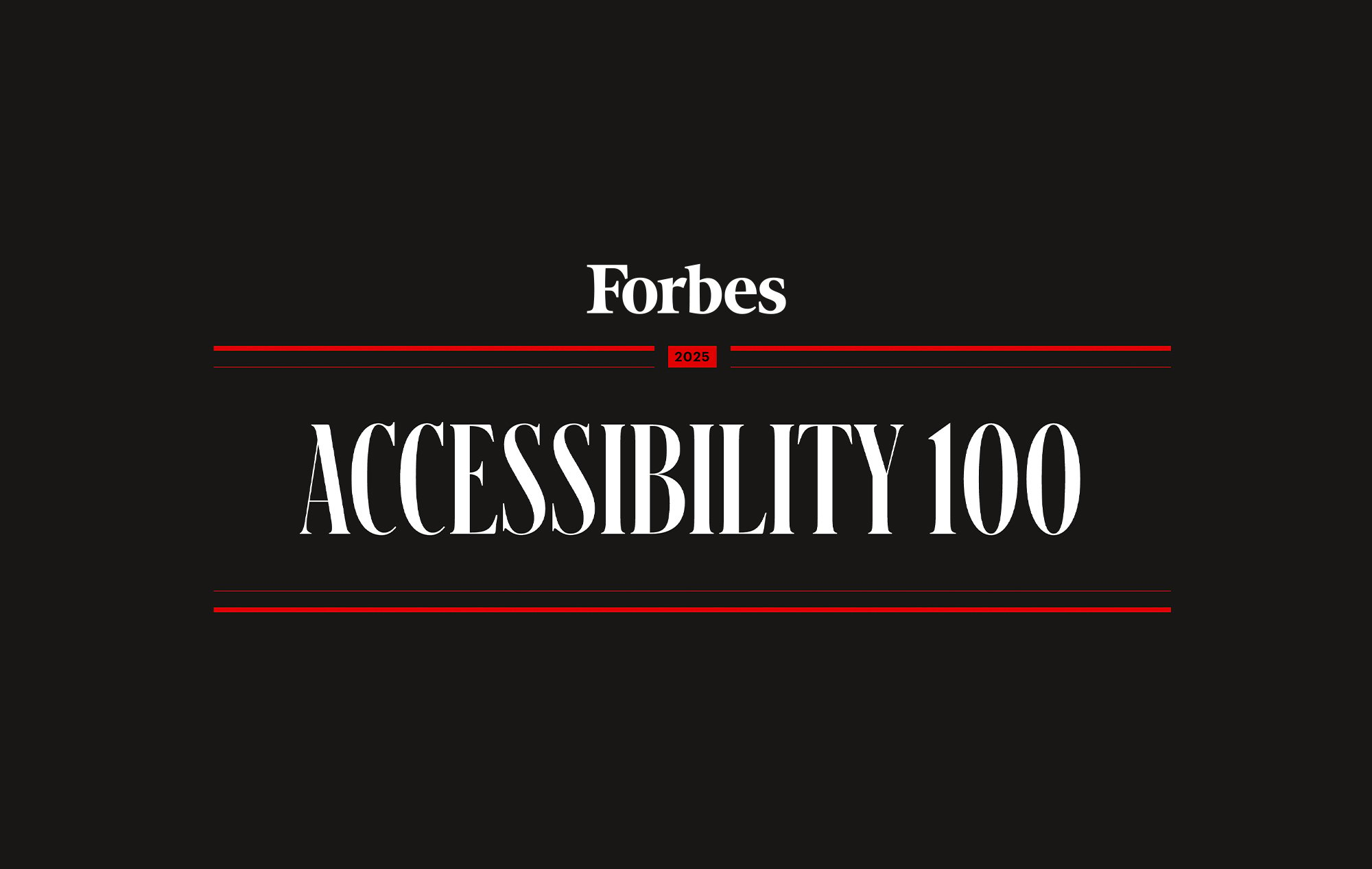
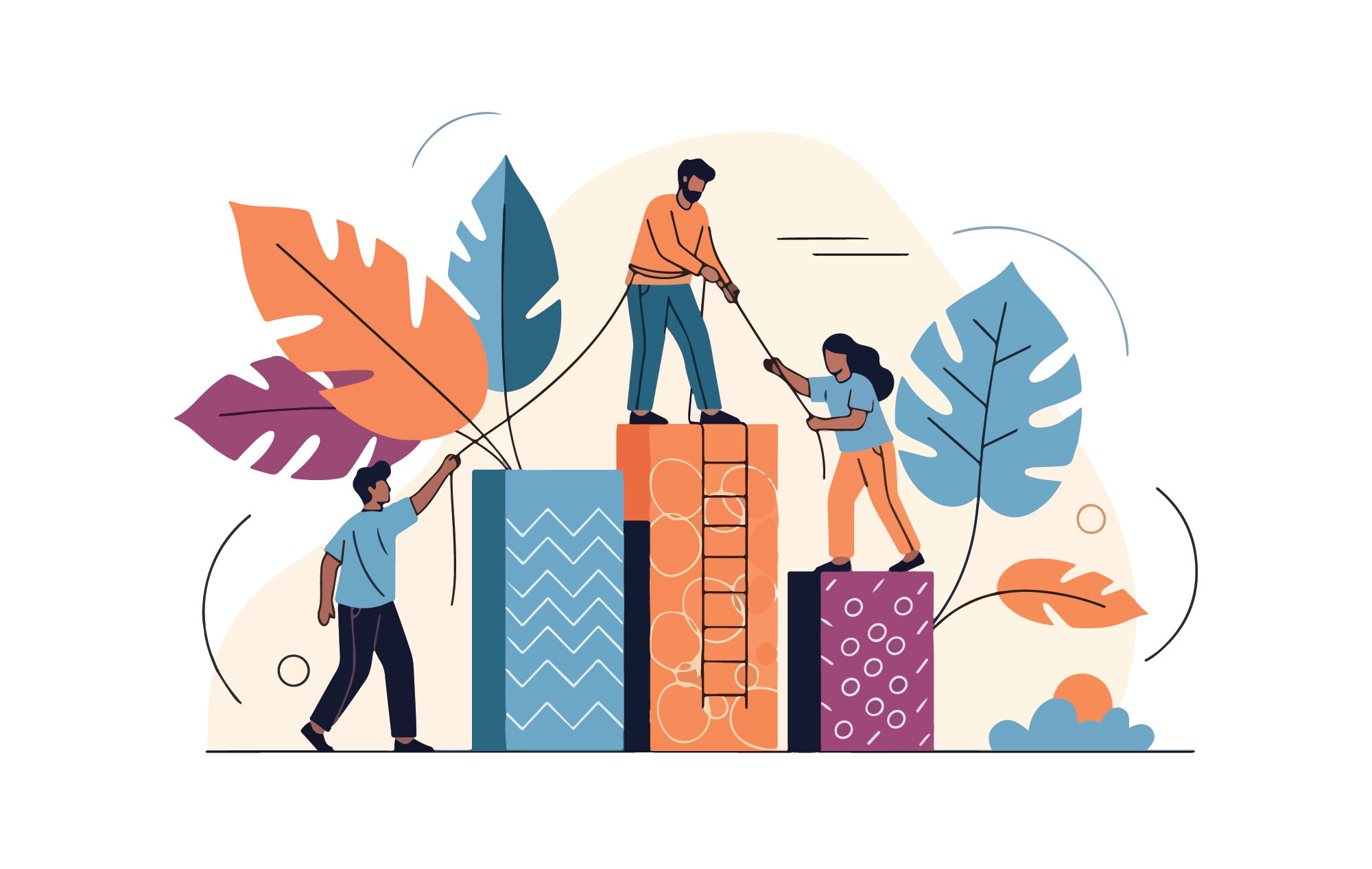
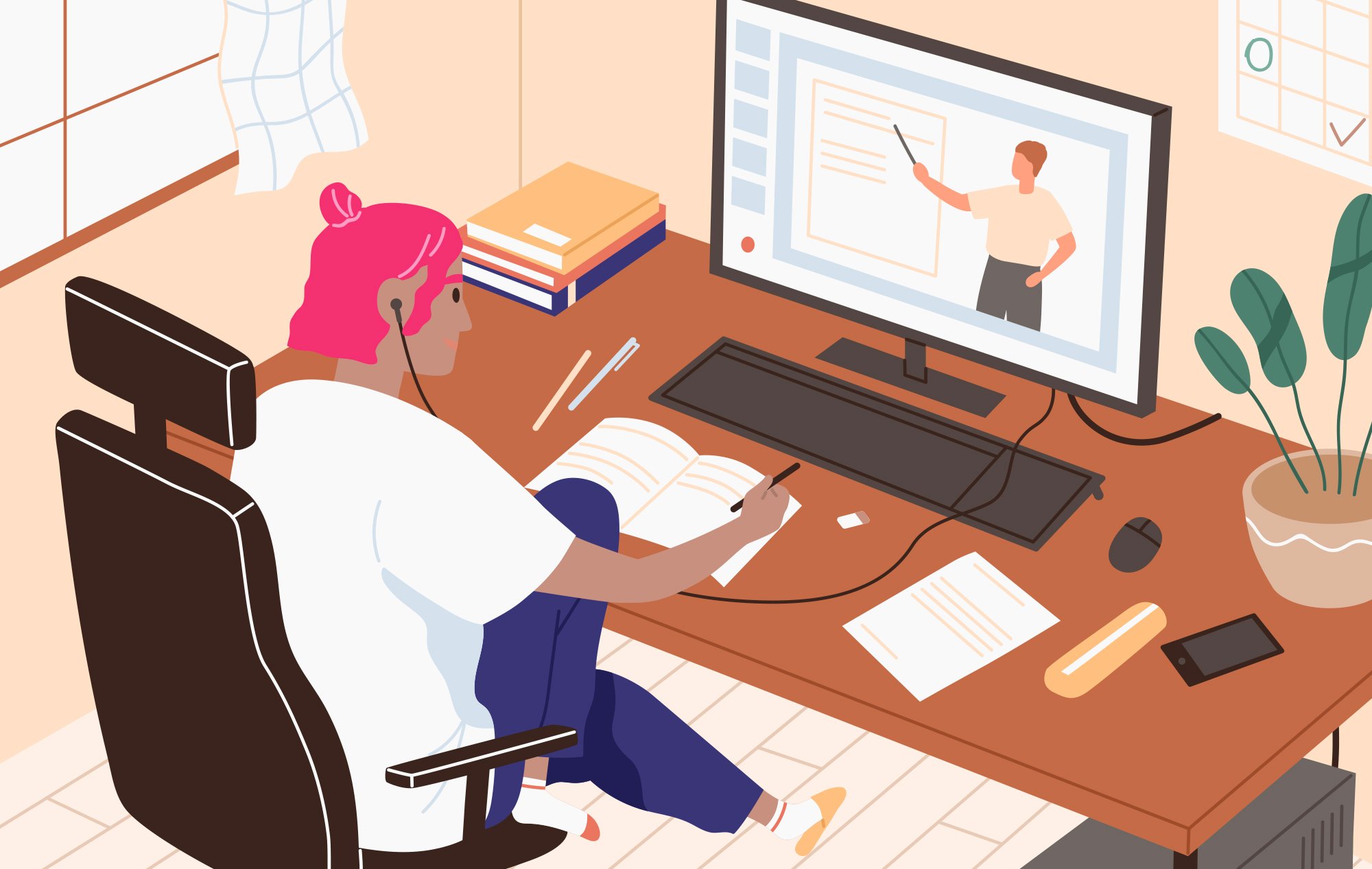
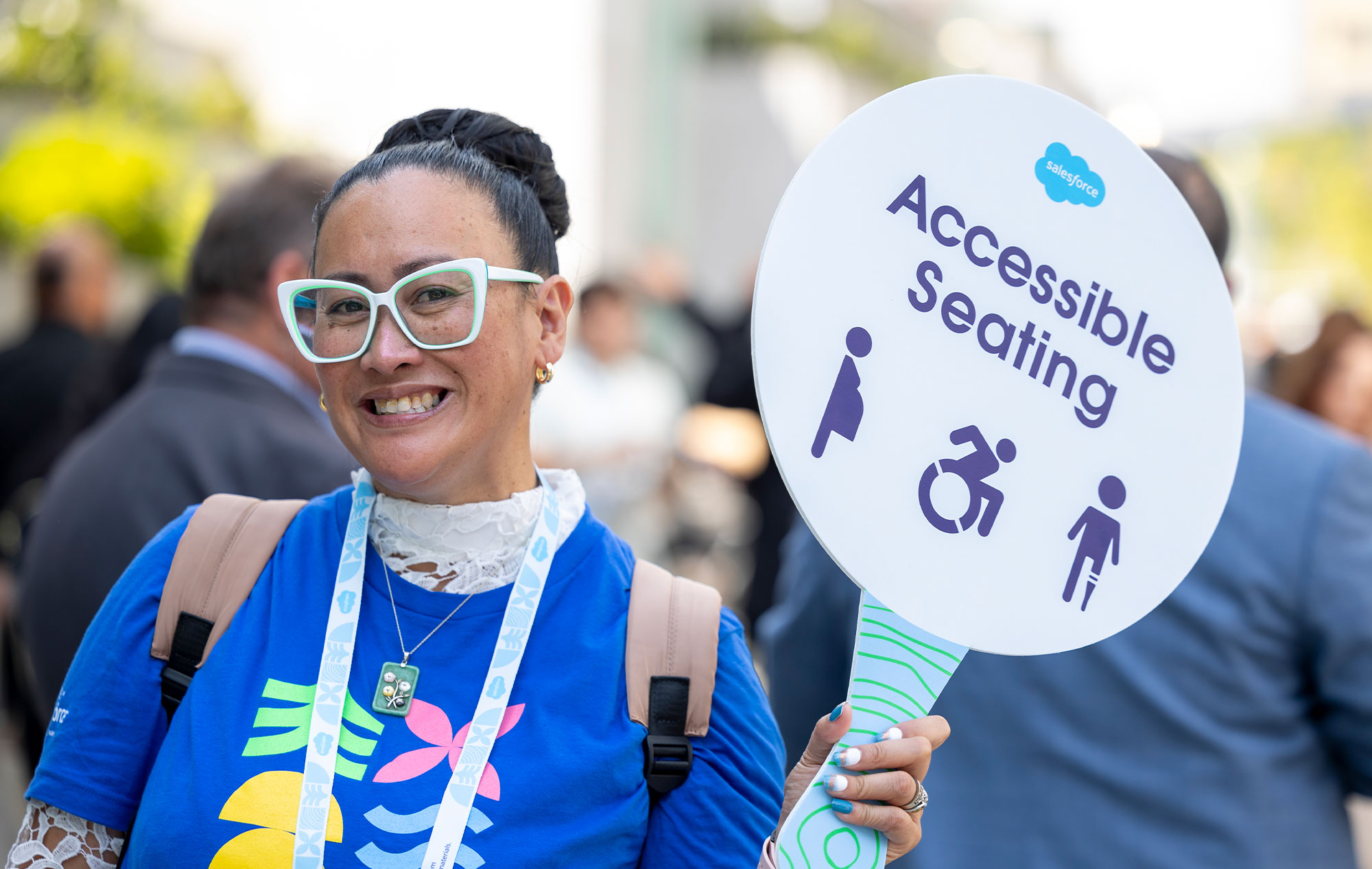

Leave a Comment